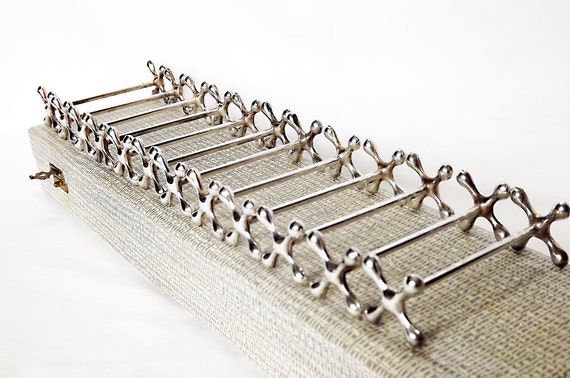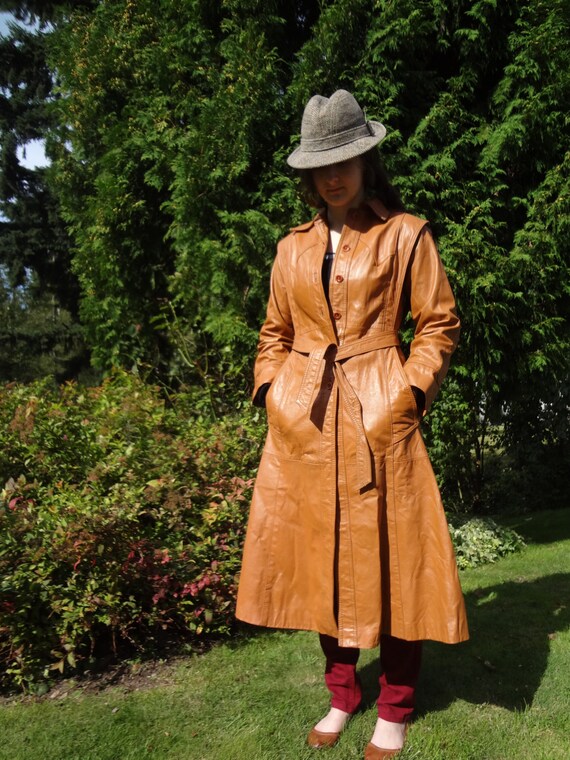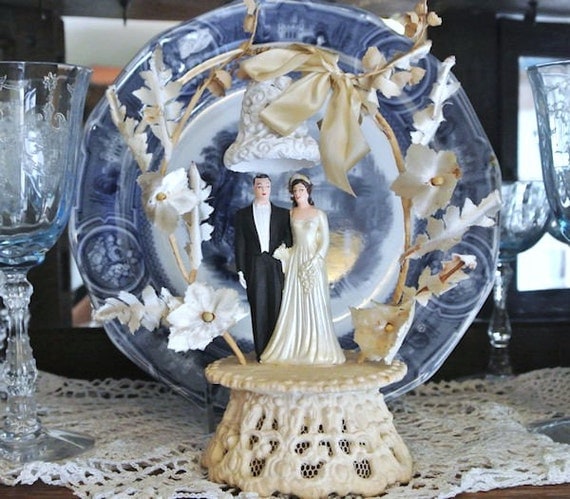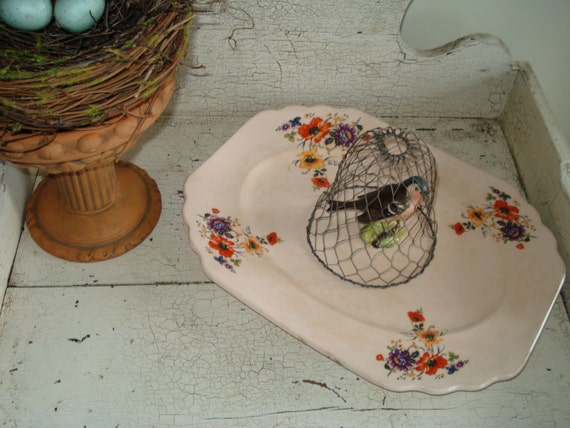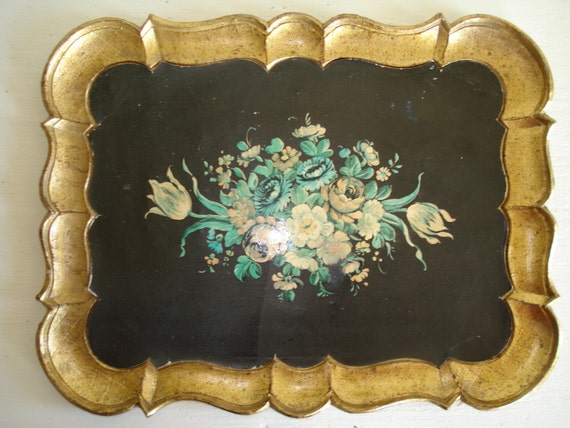Buying and collecting jade can be a tricky road to navigate. The most obvious form of insurance is to buy from reputable dealers who will stand by their merchandise. But what about the collector who loves the hunt (and what true collector doesn’t?), the collector who haunts the flea markets and garage sales in the hope of finding a treasure among the plastic fruit and broken china? This collector has to have some ammunition for protection, and the following suggestions may help.
1. Jade is a relatively hard substance. Nephrite is 6.5 on the Mohs scale and jadeite is a 7. (The Mohs scale is used by gemologists who measure the hardness of a stone with the following designations: 1 talc, 2 gypsum, 3 calcite, 4 fluorite, 5 apatite, 6 feldspar, 7 quartz, 8 topaz, 9 corundum (sapphire & ruby), 9 diamond.) Because of its hardness, most jade cannot be scratched with the steel blade of a pocket knife. With the consent of the seller, try pulling a steel pocket knife blade across an inconspicuous spot on the jade. If a white mark appears it is not jade because the knife has scratched into it leaving a white, powdery substance. If a silvery or gray mark appears, it indicates that the stone is hard enough to have worn off some of the steel and it might be jade, but not necessarily. This is not a foolproof test, but it will help you to eliminate the softer jade impostors. But, know that if a piece of jade is archaic it may be thousands of years old and may have acquired a calcified surface which will scratch although the jade is an authentic antique.
2. The surface appearance of jadeite and nephrite are quire different, which is helpful when trying to tell them apart. Nephrite is more fibrous and much tougher than jadeite. It takes a waxy, greasy looking polish where jadeite can be polished to a high gloss resembling glass. Being able to differentiate between the two types can be an aid in dating a piece. For example, if a piece of jade is being offered as archaic or “tomb jade” but it is made of jadeite, you will know it is being represented incorrectly since all of the archaic jade pieces were made of nephrite. All ancient jade pieces were made of nephrite because jadeite was not adopted into Chinese culture until its “discovery “ in 1784.
3. Another way to distinguish between jade and its substitutes is to look at it under a magnifying glass or jeweler’s loupe. You can usually see air bubbles in glass, and the holes at the end of glass beads will be sharp and often chipped, where jade will be polished.
4. Jade feels cold to the touch, but so do some of its imitators. The novice collector must learn by study and experience to distinguish jade by eye and by touch. Some of the best professional jade buyers rely on the touch method and recommend carrying a small piece each of nephrite and jadeite as guide stones whenever you go to buy jade.
5. A sad but true fact is that jade jewelry is often dyed. This is particularly true of jadeite. Because jadeite has a microcrystalline structure it is a relatively simple matter to dye inexpensive white jadeite with exotic lavender and bright green dyes to imitate the rare and expensive jade colors. There simply isn’t enough natural lavender jadeite to account for all the lavender jewelry and carvings in today’s market. If you develop an eye, it is usually easy to spot dyed jade because of its harsh, synthetic tone. During the last 1950s alone over 25,000 pieces of dyed jade were known to be imported into the U.S. and these pieces are still out there waiting to fool the unwary.
6. Fortunately, ancient jades are seldom faked because the process of creating the exquisite workmanship is too time consuming and therefore not profitable enough.
7. In today’s jade market both jadeite and nephrite are considered jade, but the novice collector has to be cautious about jade terminology because the less than savvy can be easily fooled if depending on names alone. Chinese dealers often refer to nephrite as “old jade” and to jadeite as “new jade” or “Hong Kong jade.” If a stone is offered as “Taiwan jade” it is serpentine. “Colored jade” is dyed jade. “Pink jade” is colored quartz. “Mexican jade” is usually dyed onyx and “India jade” is aventurine. There is a very long list of names by which fake jades are sold. Always be specific and ask a dealer if it is nephrite or jadeite. If they give you a different name, run away as they are either ignorant or unscrupulous.
8. Always look at jade in natural light. Artificial light alters colors sufficiently so that you can’t really see what you’re buying. Always ask the seller if you can take the piece into the natural daylight before making your decision. If they understandably balk at letting you walk out on the street with an expensive piece, ask if you can buy the piece with a 24 hour return policy. This will give you time to see it in natural daylight.
9. Finally, size is no guarantee of financial appreciation. A carving four feet high of inferior quality or workmanship is worth less than a palm sized piece of excellent quality.
Before you buy:
Always ask yourself three questions before you buy jade: (1) Is the piece of good quality? (2) Is the workmanship good? (3) Do I really love it? (Don’t ignore the last point. Fine collections are built on a combination of knowledge and love.)
To be a true connoisseur of jade you must begin a love affair with it. Fondle it. Get to know all of its moods and nuances. You may choose to overlook some of its flaws, but you will know instantly when a piece is right for you. When that moment comes, buy it, treasure it, and enjoy. An ancient legend says that jade, the living stone, must be loved and appreciated in order to show its true beauty.
Copyrighted 2015, Cherie Fehrman, All Rights Reserved.

